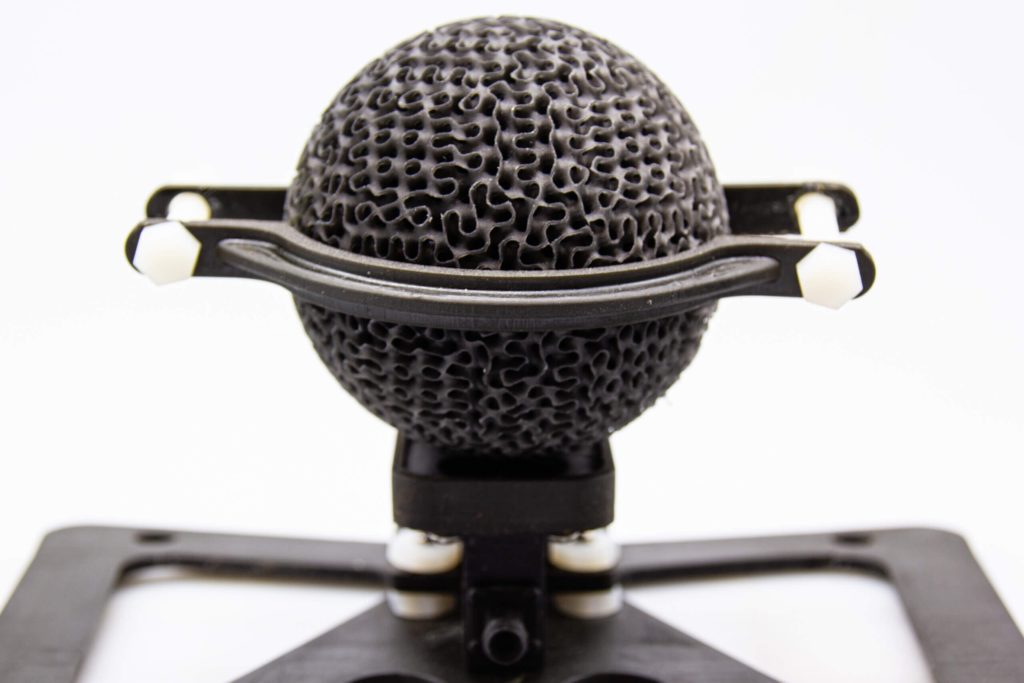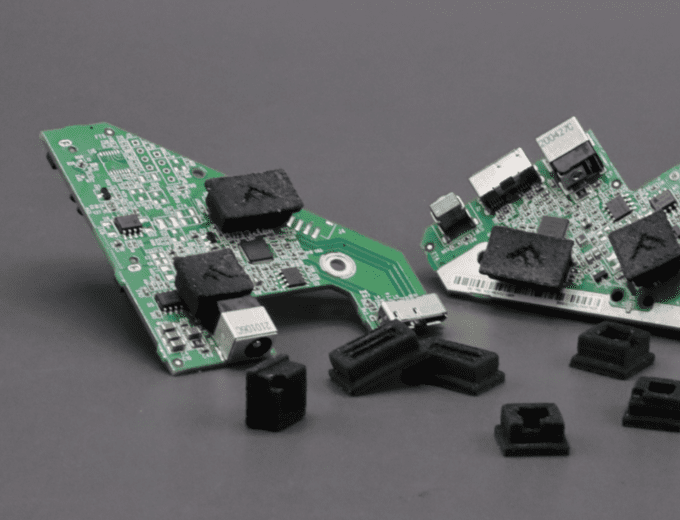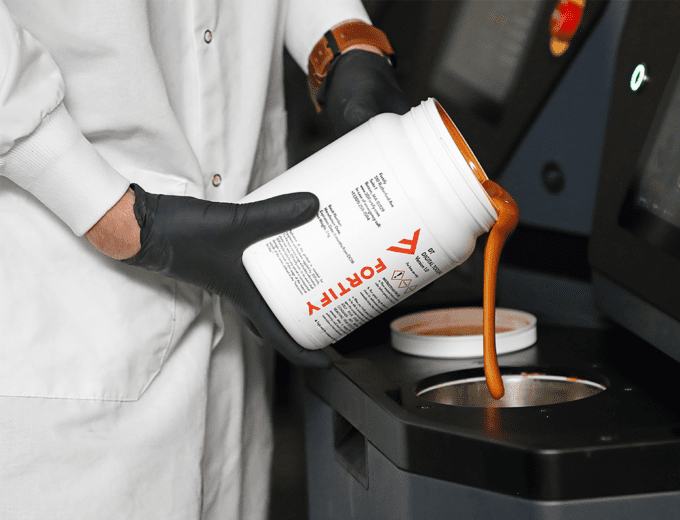Fortify, an additive manufacturing (AM) startup specializing in developing materials and production processes for printed electronics, announced that the company has received a strategic investment from Lockheed Martin Ventures, the global defense giant’s venture capital fund. The investment will be used to speed up the development of AM applications for radio frequency (RF) devices.

AM has attracted interest for years from the sectors most reliant on the RF supply chain, and from aerospace/space companies, above all. Fortify itself has made the development of AM materials/hardware for RF devices one of its top priorities. In 2021, the Boston-based firm announced it was collaborating with Rogers Corporation — which recently had its acquisition by DuPont blocked by the Chinese government — to engineer dielectric materials for 3D printed RF devices.
Along with its specialization, Fortify is a natural choice for Lockheed Martin Ventures given that both companies are thoroughly plugged into the defense/intelligence procurement supply chain. Lockheed Martin is more or less synonymous with that market, while Fortify, for its part, received a strategic investment early in 2022 from US intelligence community venture capital fund In-Q-Tel. The startup also recently named Operation Warp Speed alum Lawrence Ganti as its CEO.

In a press release announcing Lockheed Martin Ventures’ strategic investment in Fortify, Ganti commented, “Each of Lockheed Martin’s business areas have been adopting additive technologies for mission critical systems at an aggressive rate. We’ve built and tested cutting edge antenna and radar systems that are great examples of how additive can create unique value in Aerospace, Defense, and Communications.” Josh Martin, Chief Product Officer and co-founder of Fortify, added, “The ventures team and the technical fellows have been helpful in providing direct feedback on how we can effectively navigate the A&D (aerospace and defense) sector.”
Already, four different business units under the Lockheed Martin umbrella — Aeronautics, Rotary and Mission Systems (RMS), Missiles and Fire Control (MFC), and Space — are planning to deploy Fortify’s platform in their operations. Considering Lockheed Martin’s role as a founding member of the Biden administration’s AM Forward initiative, it is likely that Fortify will gain increasing steam with AM service bureaus over the next couple of years.

Fortify provides an instructive example regarding the intricacies involved in defense- and government-backed buildups of advanced manufacturing ecosystems. Despite the company’s focus on military applications for AM, Fortify’s know-how in printed RF devices and electronics have put it in a position to market its product lines to all manufacturing sectors with a healthy demand for sensors: which, in the IoT era, basically means all manufacturing sectors.
At the same time, the technological prowess isn’t enough, on its own, thus explaining the significance of Fortify’s specific list of investors, as well as emphasizing why it’s so noteworthy that the company named someone who worked on Operation Warp Speed as its CEO. The AM sector has entered a phase where a company’s personnel and corporate partnerships are even more important than its underlying IP. There are many, many AM startups out there. For investors trying to sift through them all, paying attention to the cohesiveness of a given enterprise’s corporate culture is a good place to begin.
3DPrint.com and SmarTech Analysis are hosting Additive Manufacturing Strategies in New York City on February 7-9, 2023. Register for the event here to learn from and network with the most exciting companies and individuals in AM.
Images courtesy of Fortify.
Subscribe to Our Email Newsletter
Stay up-to-date on all the latest news from the 3D printing industry and receive information and offers from third party vendors.
Print Services
Upload your 3D Models and get them printed quickly and efficiently.
You May Also Like
3D Printing News Briefs, July 2, 2025: Copper Alloys, Defense Manufacturing, & More
We’re starting off with metals in today’s 3D Printing News Briefs, as Farsoon has unveiled a large-scale AM solution for copper alloys, and Meltio used its wire-laser metal solution to...
3DPOD 260: John Hart on VulcanForms, MIT, Desktop Metal and More
John Hart is a Professor at MIT; he´s also the director of the Laboratory for Manufacturing and Productivity as well as the director of the Center for Advanced Production Technologies....
3D Printing News Briefs, June 28, 2025: Defense Accelerator, Surgical Models, & More
In this weekend’s 3D Printing News Briefs, 3YOURMIND was selected to join an EU Defense Accelerator, and PTC has announced model-based definition (MBD) capabilities within Onshape. Finally, a study out...
EOS in India: AM’s Rising Star
EOS is doubling down on India. With a growing base of aerospace startups, new government policies, and a massive engineering workforce, India is quickly becoming one of the most important...

































